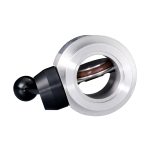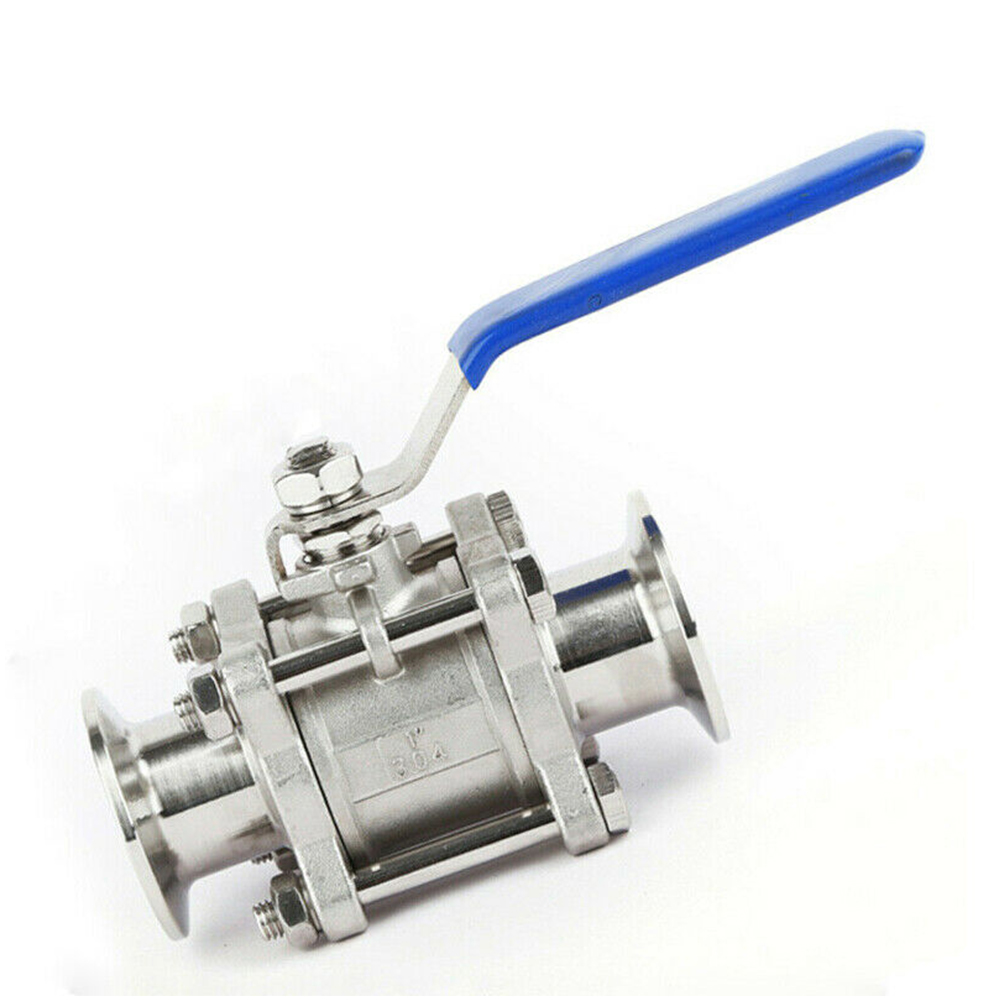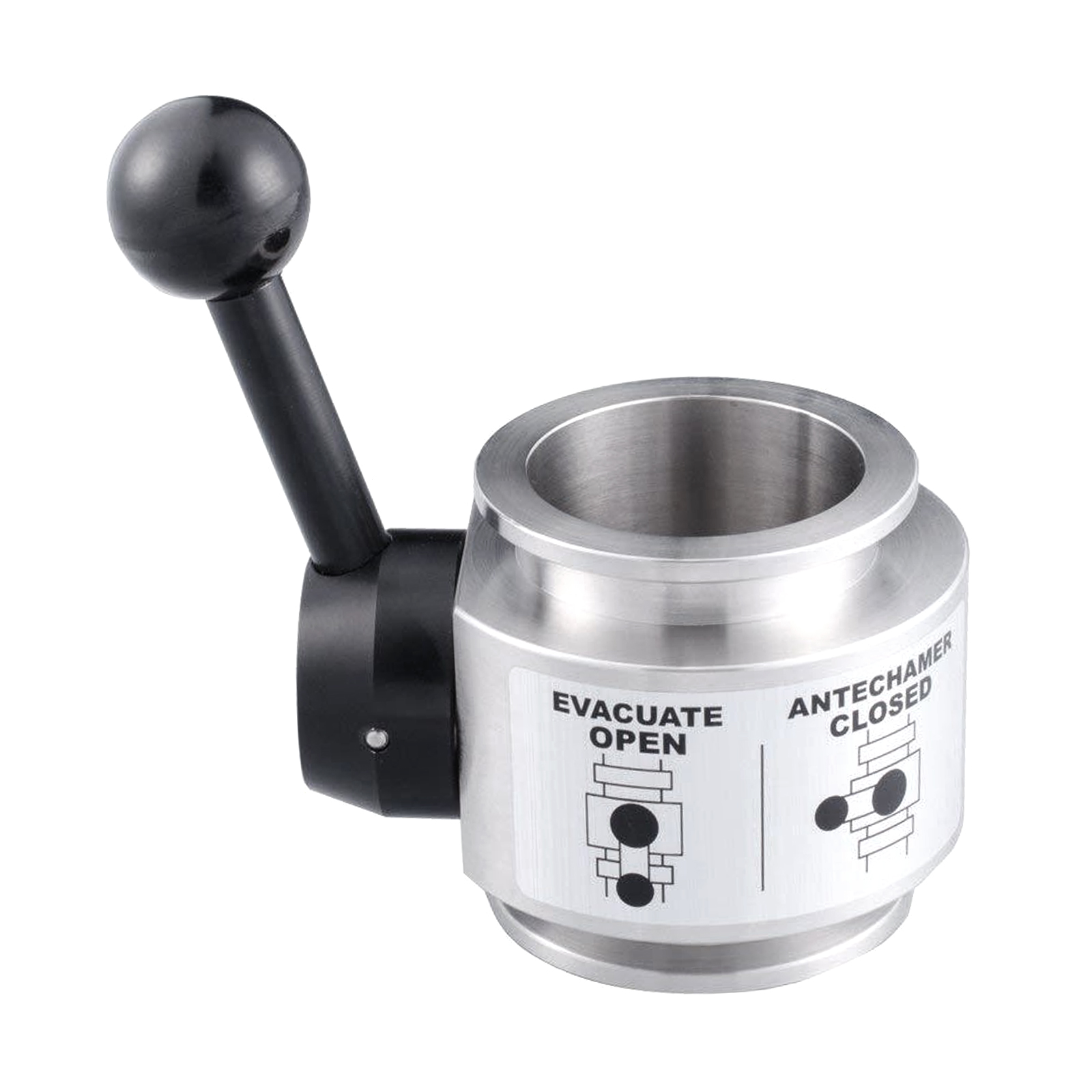
Details that Should be Paid Attention to When Using Hard-Sealed Ball Valves
Hard-sealed ball valves have been widely used in industry. According to different standards, hard-sealed ball valves can be divided into different types, and different types of hard-sealed ball valves are also different in applications. In the process of using the hard-sealed ball valve, the user also needs to pay attention to some details, such as a series of problems such as the valve must be fully engaged with the valve seat so as not to affect the use.
It is suitable for high temperature and high pressure water, steam, petroleum, coal, fiber, thick and corrosive media, and media with particles. The metal sealing ball valve has two structures: a floating ball and a fixed ball. The metal seat ring is in contact with the spherical surface, and the seat ring and the spherical surface are sealed by a uniform spring load acting on the seat ring.
Due to the action of the spring load, the auxiliary seal is expanded to realize the seal between the valve body and the valve seat. The load of the spring is sufficient to provide a reliable seal between the valve seat and the ball. Under low pressure conditions, a sealing grease injection system can be designed between the valve seat sealing surface and the ball.
When the ball valve is closed, there is still a pressurized fluid inside the valve body. Precautions for the use of hard-sealed ball valves: Before maintenance, release the pipeline pressure and keep the valve in the open position.
Before maintenance, disconnect the power or air source. Before maintenance, separate the actuator from the bracket. It is necessary to verify that the upstream and downstream pipelines of the ball valve have been relieved of pressure before disassembling.
During disassembly and reassembly, care must be taken to prevent damage to the sealing surface of the parts, especially non-metal parts. Special tools should be used when removing the O-ring. The bolts on the flange must be tightened symmetrically, gradually and evenly during assembly.
The cleaning agent should be compatible with the rubber parts, plastic parts, metal parts and working medium (such as gas) in the ball valve. When the working medium is gas, gasoline (GB484-89) can be used to clean the metal parts. Clean non-metal parts with pure water or alcohol.







